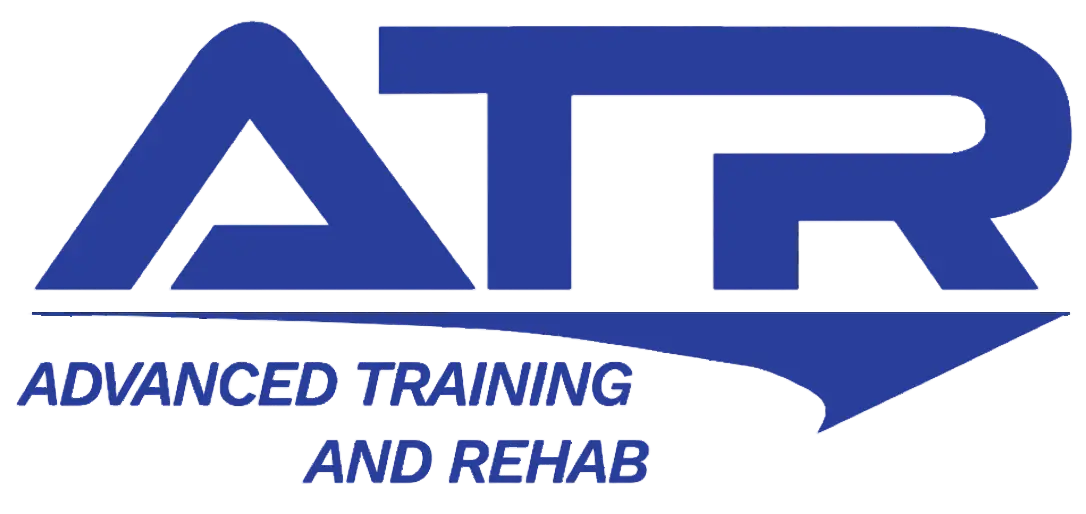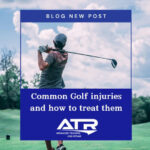Meniscus Tear
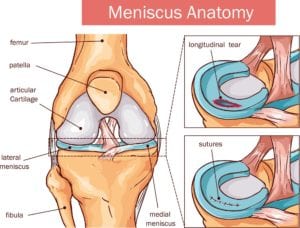
anatomy of the knee and meniscus tear
Meniscus tears are the most common injury treated in the knee joint. While some tears require surgery to restore function, some do very well with conservative non-operative treatment. Recent studies have found there is no significant advantage of having surgery when the tear is from degeneration. In those cases Physical Therapy works just as well.
The outer portions of the meniscus have adequate blood supply to heal over time. In those cases surgery is also not recommended. However, a full recovery can take 6-8 months.
There are many factors that go into the decision to treat a tear conservatively vs. surgery. Age, activity level, location of the tear, size of the tear, and overall health status are just a few. Ultimately, an examination by an orthopedic surgeon will determine the appropriate treatment plan. Managing pain, inflammation, and restoring range of motion are a few benefits to starting Physical Therapy no matter what your future treatment will entail.
What is the meniscus?
The meniscus is cartilage in the knee that provides cushion and stabilization to the joint. There are two menisci on the medial and lateral portion of the joint. Both provide shock absorption to the knee joint when put under a lot of pressure. The menisci keep the two bones that make the knee joint, the tibia and femur, from rubbing together.
Symptoms
Pain along the joint line of the knee, especially when twisting the knee
Stiffness or swelling in the knee
Difficulty extending the knee completely straight without pain
Difficulty bending the knee completely without pain
A feeling of locking in the knee with daily activities
Causes
A meniscus can tear can result from forcefully twisting or rotating the knee, especially when all weight is placed on the knee. Activities such as aggressive pivoting or sudden stops and turns could lead to a meniscus tear as well. Movements like kneeling, deep squatting, and lifting heavy objects can also lead to a meniscus tear. In the older population, degenerative changes in the knee can contribute to a torn meniscus, even when there is no trauma.
How is it diagnosed?
Through physical exam from your doctor. X-ray and MRI may be used for more complicated tears or when surgery is being considered.
When to contact your doctor?
You should go to your doctor if you have pain in your knee that is limiting your daily activities such as walking, stairs, and the sit to stand motion. Or if pain prevents you from competing in higher level activities. Seeking treatment early, especially physical therapy, can help strengthening the muscles around your knee providing more stability and allowing faster recovery.
Treatment
A personalized approach to treating meniscus tears is the best option, which can be evaluated by a physical therapist. Achieving and maintaining range of motion as well as strengthening the quadriceps, calf, and hamstring muscles will allow for optimal recovery. Sometimes, if the tear is big enough, surgery may be required.
Exercises
Heel Digs
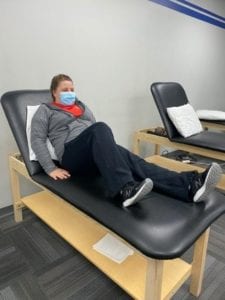
Bend your affected knee up
Push your heel down into the table
30 repetitions, hold for 5 seconds, 1-2 times per day
Heel Slides

Lie on back with legs straight
Use belt to help slide affected side heel up toward your body as shown
Hold 10 seconds, slowly reverse
10 repetitions, 1-2 times per day
Straight Leg Raise
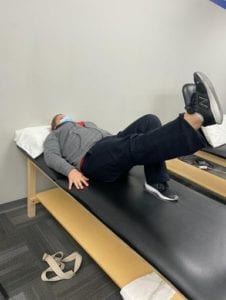
Lie on back with affected knee straight and the other knee bent as shown
Keep the leg completely straight, then raise it to even with opposite knee
30 repetitions, 1-2 times per day
Seated Hamstring Stretch

Sit with affected leg straight on bench as shown
Lean forward, keeping the back straight, so that a stretch is felt
Hold 10 seconds
10 repetitions, 1-2 times per day
Authors: Adrienne Ebersole, DPT and Whitney Livingston, DPT
